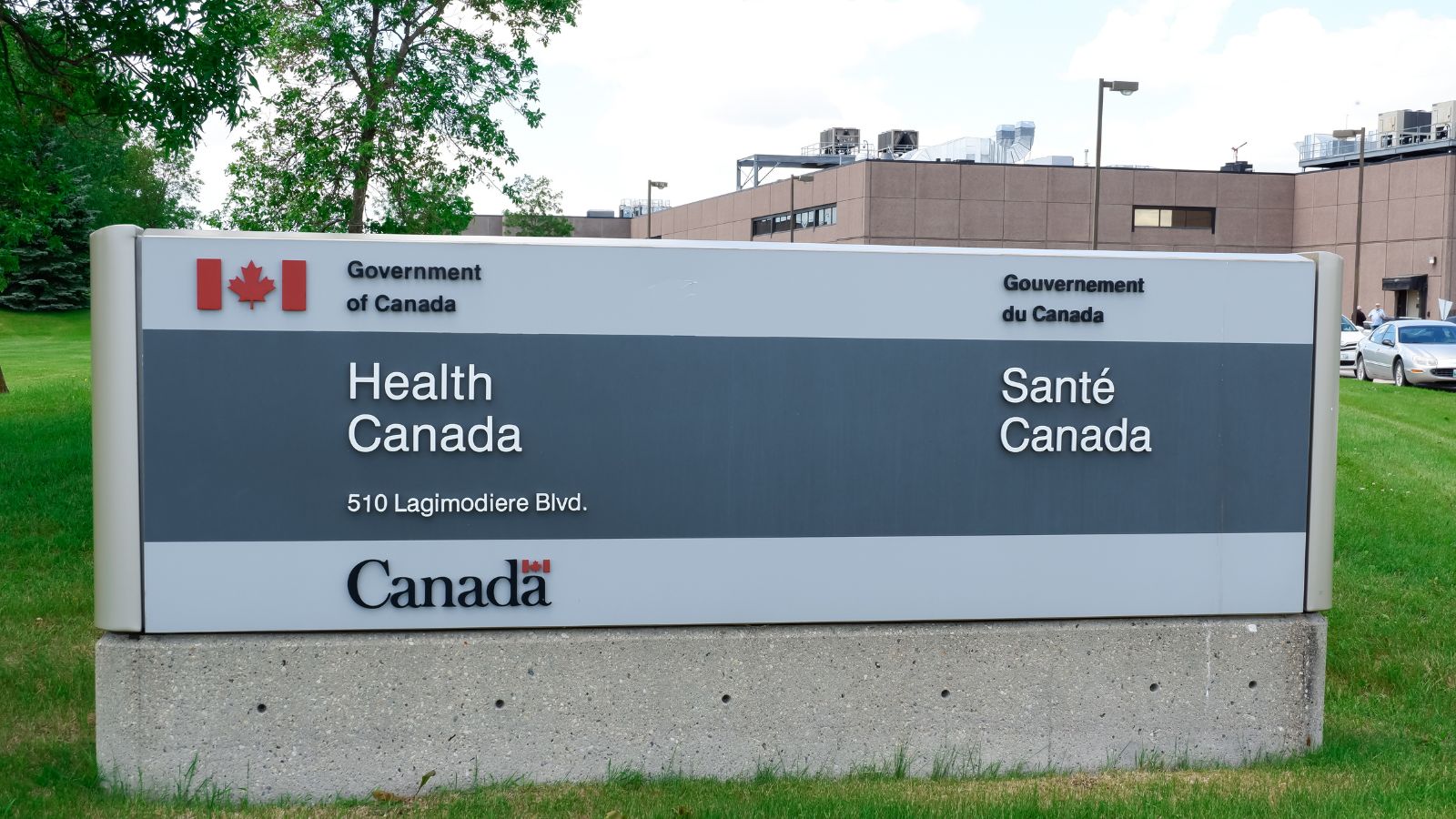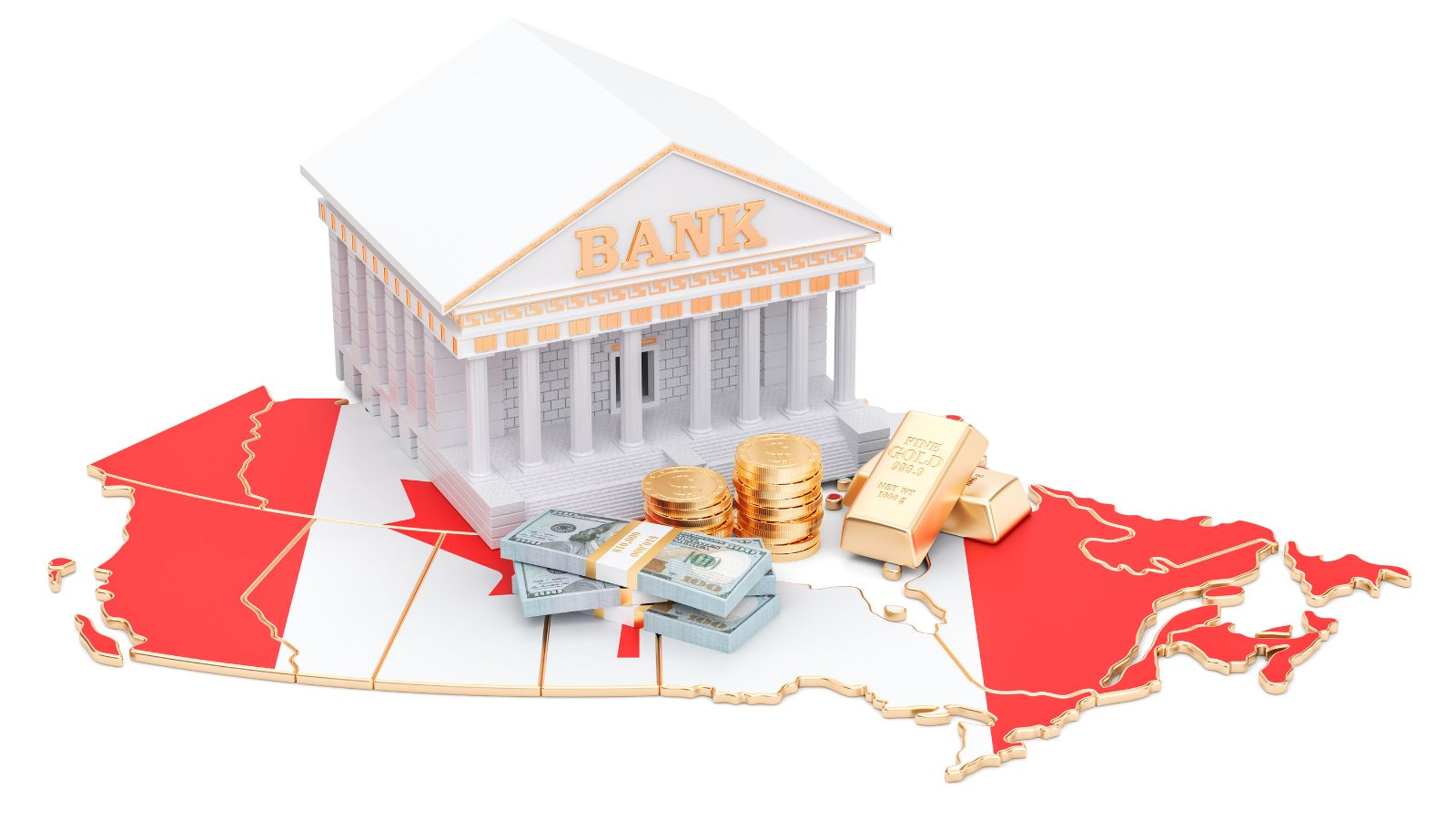When it comes to governance, public welfare, and social equity, Canada has consistently outpaced its southern neighbor in some key areas. This isn’t a matter of nationalism, but of comparative policy successes. Here are 20 specific areas where Canada gets it right while the U.S. continues to navigate inefficiencies, polarization, and ongoing challenges.
Universal Healthcare Access

Canada’s single-payer healthcare system ensures that every citizen has access to medical services without worrying about crippling costs. While it’s not without its flaws, wait times for non-urgent procedures remain a challenge, and the basic principle of healthcare as a right rather than a privilege has been embedded in Canadian policy since the 1960s. In contrast, the U.S. continues to grapple with a patchwork of private insurers, high premiums, and limited coverage, leaving millions uninsured or underinsured. Canadian citizens don’t face medical bankruptcy, a scenario that still occurs regularly in the U.S.
Gun Control and Public Safety

Canada has managed to enforce stricter gun laws without infringing on the rights of lawful hunters and sports shooters. The country requires background checks, licensing, and registration for most firearms, and it bans certain types of weapons entirely. These measures correlate with significantly lower gun-related deaths and mass shootings compared to the U.S. While Canada still faces challenges with illegal gun trafficking, its approach to gun control has proven more effective at maintaining public safety. The U.S., with its entrenched gun culture and political resistance to reform, continues to struggle with daily firearm-related incidents.
Political Campaign Financing

Canada has firm regulations on campaign financing, including strict limits on donations from individuals and a complete ban on corporate or union contributions. Political ads are also regulated, especially during election periods. This keeps political discourse more issue-focused and reduces the outsized influence of money. In the U.S., political action committees (PACs) and super PACs funnel billions into campaigns, allowing wealthier individuals and corporations to exert disproportionate influence.
Paid Parental Leave

Canada offers new parents up to 18 months of paid parental leave through federal employment insurance programs. This policy promotes family bonding, improves child development outcomes, and supports working mothers’ continued career growth. In comparison, the U.S. remains the only developed nation without mandated paid maternity or paternity leave, often forcing parents to return to work far sooner than they would prefer.
Public Transit Investment

Major Canadian cities, such as Toronto, Montreal, and Vancouver, have consistently invested in public transit infrastructure, offering reasonably reliable alternatives to car travel. While not perfect, these systems are comparatively better funded and more comprehensive than many urban transit networks in the U.S., where underinvestment, aging infrastructure, and political gridlock often hamper improvements. Canada’s emphasis on transit connectivity also supports its broader climate goals and reduces urban congestion. In contrast, many American cities lack functional mass transit, making car ownership nearly mandatory.
Climate Change Policy

Canada has implemented a national carbon pricing system, placing a direct cost on greenhouse gas emissions. This market-based solution incentivizes cleaner energy use while redistributing revenues to households. While imperfect and subject to political pushback, it represents a unified national strategy. The U.S., by contrast, lacks a nationwide carbon tax or pricing system and has experienced back-and-forth reversals in federal climate policy depending on the administration. Canada’s regulatory clarity and fiscal tools offer a more consistent framework for emissions reduction.
Reconciliation with Indigenous Peoples

Canada has made formal efforts toward reconciliation with Indigenous communities, including the establishment of the Truth and Reconciliation Commission and the practice of land acknowledgments at public events. While implementation gaps remain, these are at least steps toward institutional recognition of historical injustices. The U.S., although home to numerous sovereign tribes, has lagged in creating equivalent mechanisms for redress and dialogue. Canada’s public funding for Indigenous health, education, and languages also surpasses the American model in both scale and intent.
National Parks and Environmental Protection

Strong environmental regulations on mining, forestry, and water use match Canada’s commitment to preserving natural landscapes through expansive national parks. Parks Canada administers over 40 national parks that are not only scenic attractions but also biodiversity preserves. While the U.S. also has an iconic national park system, recent political interference has undermined protections. Canada tends to insulate environmental policy more effectively from short-term political shifts, preserving ecological integrity.
Urban Planning and Zoning

Canadian cities have generally adopted more balanced urban planning strategies that prioritize walkability, mixed-use developments, and access to green space. While housing affordability remains a significant issue, zoning policies in cities like Vancouver have gradually shifted to accommodate higher density and promote sustainable development. Also, in the U.S., exclusionary zoning laws in many cities continue to reinforce socio-economic segregation and sprawl.
Food and Drug Regulation

Canada’s regulatory agencies, like Health Canada, are often more cautious and science-driven than their U.S. counterparts. Drugs are evaluated with stricter safety protocols, and food labeling standards are more transparent. This results in fewer recalls and a higher standard of consumer protection. While the U.S. Food and Drug Administration is a global leader in research, it also faces intense lobbying pressures and budget constraints. Canada’s regulatory independence often results in more consumer-friendly outcomes.
Public Broadcasting and Media

The Canadian Broadcasting Corporation (CBC) provides publicly funded news and cultural programming free of commercial influence. While critics debate its political neutrality, the CBC plays a critical role in serving remote communities and preserving Canadian content. The U.S. counterpart, PBS, receives significantly less funding and lacks the similar reach and influence. In an era of increasing media consolidation, Canada’s public broadcasting model helps preserve journalistic independence and local storytelling.
Immigration Policy

Canada uses a merit-based immigration system that prioritizes skilled workers, refugees, and family reunification. This system is more transparent and publicly supported compared to the contentious immigration debates in the U.S. Canada also provides settlement services, language training, and job placement support, which help immigrants integrate more successfully. Political infighting, backlogs, and abrupt policy changes often hamper the U.S. system.
Banking Regulation and Stability

Canada’s banking system is tightly regulated and dominated by a handful of large, well-capitalized institutions. This framework helped Canada avoid the 2008 financial meltdown that hit the U.S. particularly hard. Risky lending practices and deregulated markets played a major role in the U.S. crisis, whereas Canadian banks were required to maintain conservative lending standards. As a result, Canada enjoys greater financial system stability and consumer trust.
Civic Trust and Institutional Confidence

Surveys routinely show that Canadians have higher levels of trust in their public institutions than Americans. This includes confidence in health care systems, elections, and public education. While not immune to polarization or controversy, Canadian discourse tends to be more consensus-driven. In the U.S., declining institutional trust has fueled populism, misinformation, and social fragmentation. Canada’s steadier public confidence has helped maintain policy continuity and social cohesion.
National Identity and Multiculturalism

Canada officially embraces multiculturalism as part of its national identity, reflected in policies that promote cultural inclusion and diversity. Unlike the U.S. melting pot model, Canada promotes cultural preservation alongside integration. Festivals, languages, and community organizations are publicly supported, helping to reduce marginalization. This framework fosters a broader sense of belonging among immigrants and minorities, whereas the U.S. often struggles with racial and cultural tensions exacerbated by its assimilationist expectations.
Public Education Funding

Public schools in Canada are primarily funded and administered at the provincial level, which creates more equitable funding models than in many parts of the U.S., where property taxes create stark disparities. As a result, Canadian students in most provinces experience a more consistent educational quality, regardless of their neighborhood’s wealth. U.S. public schools in low-income areas often face severe underfunding, which results in significant achievement gaps. Canada’s approach creates a more level playing field in education.
Infrastructure Maintenance

Canada invests more proportionately in the upkeep of its infrastructure, from roads to water systems, than the U.S., where aging bridges, railways, and public buildings frequently make headlines for their disrepair. Federal and provincial collaboration ensures routine maintenance is a priority. However, in the U.S., political disagreements often delay necessary repairs or upgrades, leading to crises. Canada’s more technocratic approach helps avoid infrastructure decay.
Electoral System Simplicity

Canada’s electoral system is more straightforward, with national elections held on fixed dates and managed by an independent, nonpartisan agency. Voter registration is automatic or easily completed. In contrast, the U.S. faces voter suppression allegations, gerrymandering, and complicated voting procedures that can dissuade participation. Canada’s consistent and fair administration contributes to higher voter confidence and smoother transitions of power.
National Broadband Strategy

Canada has prioritized internet access by developing a national broadband strategy aimed at closing the digital divide, particularly in rural and Indigenous communities. Public-private partnerships and federal investments have helped expand high-speed internet access to underserved regions. The U.S. has similar goals but has faced more fragmented implementation and regulatory hurdles. Canada’s more centralized planning offers a model for connectivity equity.
Legal Cannabis Framework

Canada fully legalized recreational cannabis nationwide in 2018, creating a regulated market for sales, taxation, and distribution. The policy is designed to reduce black-market activity, ensure product safety, and generate new tax revenues. The U.S., on the other hand, remains in a confusing patchwork of state-by-state legalization, with federal prohibition still in place. This inconsistency hampers industry development and enforcement. Canada’s approach, while still evolving, provides regulatory clarity and economic opportunity.
21 Products Canadians Should Stockpile Before Tariffs Hit

If trade tensions escalate between Canada and the U.S., everyday essentials can suddenly disappear or skyrocket in price. Products like pantry basics and tech must-haves that depend on are deeply tied to cross-border supply chains and are likely to face various kinds of disruptions
21 Products Canadians Should Stockpile Before Tariffs Hit
